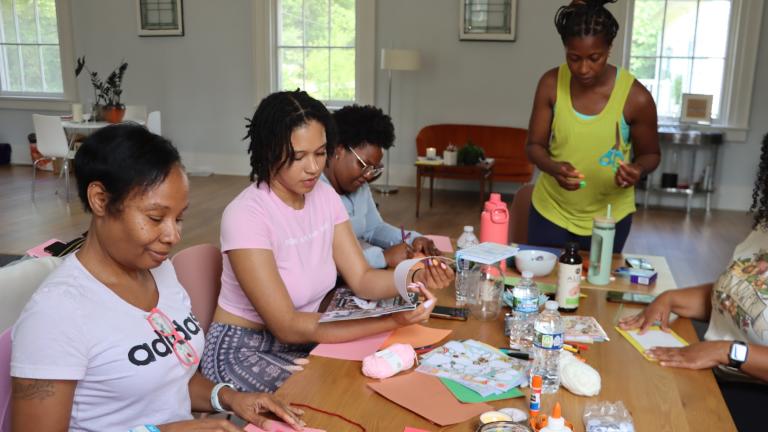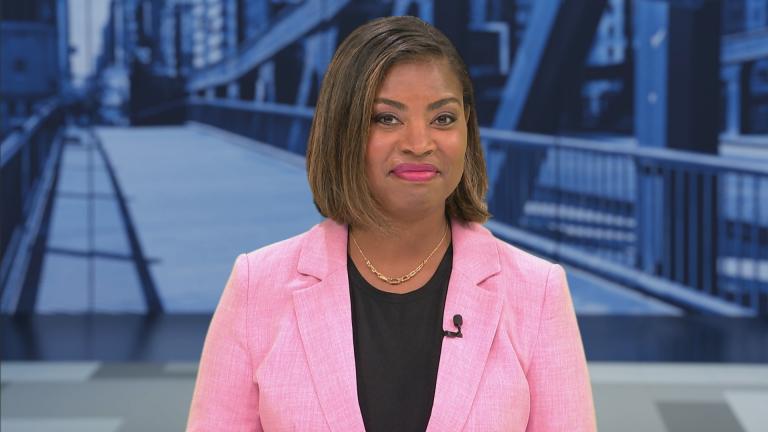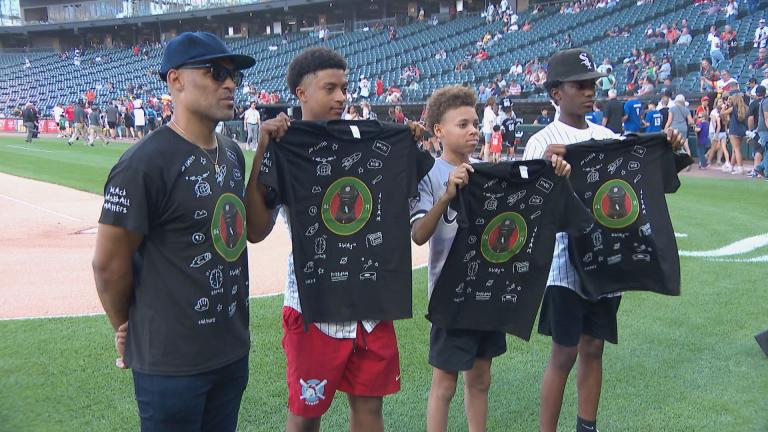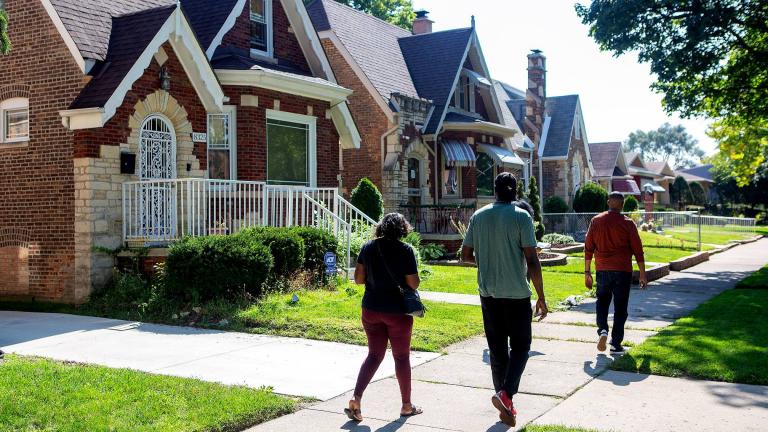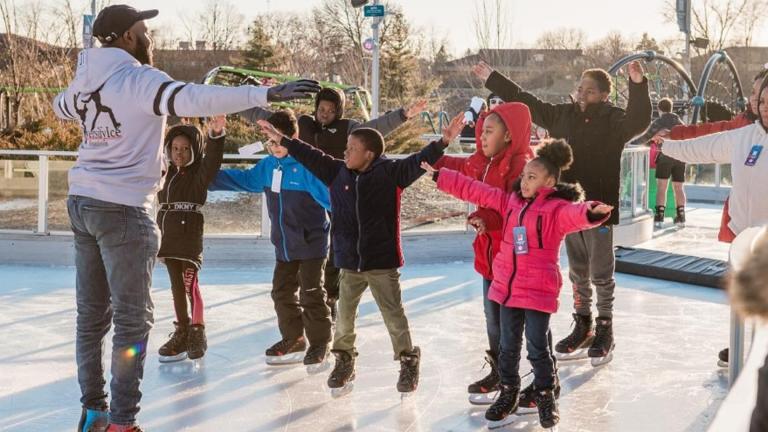We first profiled SkyART at the beginning of the pandemic with their art therapy model that helps the communities they work with process life experiences.
Since then, they’ve continued that model with a practice that’s helping former and currently incarcerated youth.
Just Us is the program created by SkyART to create a safe space for youth ages 14 to 21 in the juvenile justice system. Instead of talk therapy, they’re utilizing art therapy.
“Youth are oftentimes over therapized, is a term we use, where they have to tell their story and recount their trauma over and over and over again, sort of mandated,” said Devon VanHouten- Maldonado, SkyART director of programs. “So we actually try to reverse that a little bit and instead of sort of expecting them to recount their trauma, we actually invite them in to express those things in a different way.”
VanHouten-Maldonado says it’s a program that began just before the pandemic. Through their partnership with the Illinois Department of Justice, they’re able to visit three different facilities on a weekly basis to practice the model.
“Black and Brown kids are over criminalized from the time that they’re born,” Van Houten-Maldonado said.” Often times they have low self-esteem. They have not received the nurturing that they deserve through the foster care system, through poorly funded education. So when we start making work they say, ‘I can’t do this. We don’t know how.’ That’s why we say, ‘Do whatever you can do. Make lines, make marks, make colors.’”
Eventually participants gain skills beyond drawing.
“They’re learning art skills that are more about critical thinking and thinking about why we’re making what we’re making,” VanHouten-Maldonado said
One of their longest participating members, who currently resides at the Illinois Youth Center, says before entering the program, he only saw drawing as something to do when bored.
“At first, I didn’t look at it as a coping mechanism … ,” he said. “But now I can clear my mind and focus on this and what I want to draw.”
Adam Martinez, 21, joined the program at 18. He’s since been released and is working a full-time job. While he doesn’t make art as much anymore, he says the lessons he learned while in the program still have an impact on him.
“I do find it therapeutic because when I’m drawing or painting I’m just in my own space with whatever is going on in my head,” Martinez says. “When you’re in there, you’re in the unit all day and seeing the same faces. That’s when people start getting into trouble. But if you know you have something to look forward to, you want to be on your best behavior.”
All of their work is on display in a new three-part exhibition titled “Can you see me?” It features work by the youth the program works with, as well as contemporary artists in three different locations.
Martinez hopes attendees take away a different understanding about how he and his peers got to where they were.
“Especially juveniles, as a juvenile, you don’t always know what you’re doing,” Martinez said. “You’re just out with your peers. But after some time, you realize you can’t choose who you grew up around or who you grew up with or where you grew up at. It’s just your environment. But people grow out of it.”
VanHouten-Maldonado said putting the work from the youth alongside contemporary artists has a real impact.
“We’re placing the same value on them, as the work by the contemporary artists and I think the contemporary artist would agree,” VanHouten-Maldonado said.

